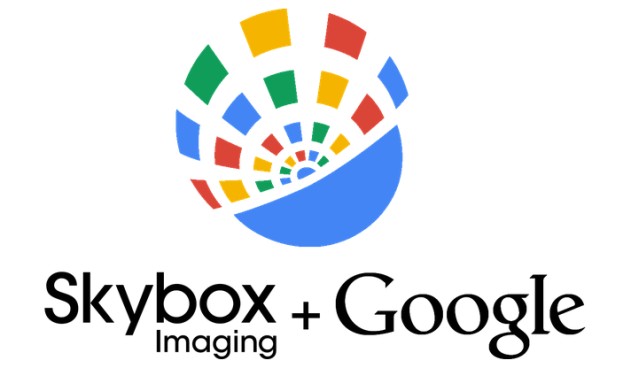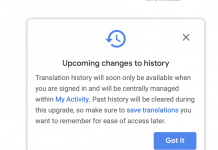Google is often compared to the apocalyptic AI Skynet, but a new acquisition has brought it the closest yet to the oft referenced fictional doomsday computer.

It’s official, Google’s on a buying spree. The most recent–although still pending regulatory approval–is for the satellite company Skybox Imaging. The $500 million acquisition marks the 154th acquisition since Google’s inception in 1998 and the 27th acquisition in the last 12 months (that’s an average of more than 2 acquisitions per month for those of us that are counting).
Skybox marks another new territory in the ever growing company, but fits right in with Google’s stable of acquisitions that are assumed to be leveraged in the execution of Project Loon, Google’s initiative to provide internet access to hard to reach–or disaster areas–via weather balloon.
Other project loon acquisitions include Titan Aerospace, which designs and produces high altitude UAVs, which–combined with a company like Skybox Imaging–means Google now owns several layers of the air and sky. You could even say it creates a sort of net in the sky, like some sort of… Skynet.
Although Google may intend to use the satellites produced by the now-Google-owned Skybox to beam out internet connections, pre-acquisition Skybox Imaging leveraged its satellites to capture high resolution images and videos of changes to the surface of the earth. You can see a sample of the work done by Skybox Imaging in the video below (note that as Skybox imaging captures in HD, the video below does support 1080p playback).
Although much of this is new territory for Google, the video above may remind you of many existing Google services. Imagine if Google leveraged these satellites to augment Google maps, including real time traffic and weather updates. Some of this is already handled by other Google acquisitions like Waze, but Waze depends on user gathered data to generate traffic updates. Traffic in the video above is clearly visible, meaning traffic updates such as accidents or traffic jams will be visible by Google as they happen instead of waiting until the effects are felt by another driver running Waze.
Such an addition to Google Maps will help it to jump ahead of competing mapping and navigation solutions by leaps and bounds. It also means the images in Google maps will be far more up to date instead of being updated only every couple of years, so any changes from construction on roads or creation of new landmarks could be immediately noted.
Obviously, Google owned satellites in the sky will definitely raise privacy concerns and bring out even more Skynet jokes (as evidenced by this article), but just like Apple’s TouchID or Google Now, most marginally privacy infringing services also bring major benefits to consumers.
We’ll see how many different ways Google chooses to utilize its new satellites and whether it will just use it for Project Loon’s internet distribution plans, or if it will branch out and incorporate the technology with the many other existing Google services, but either way, the sky is literally not even the limit.
Source: Engadget
Be social! Follow Walyou on Facebook and Twitter
Read more on Walyou, Moto X Gets Updates to Hardware, Software, and New Promotion, Google Forms Partnership to Improve Fashion for Google Glass










